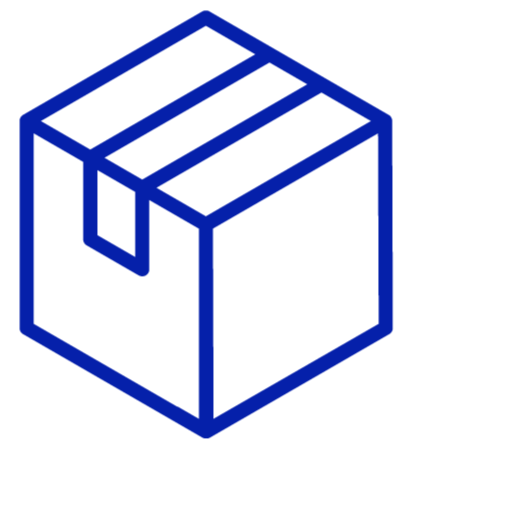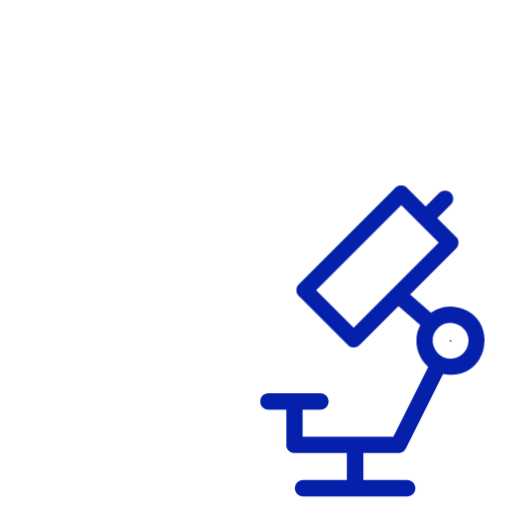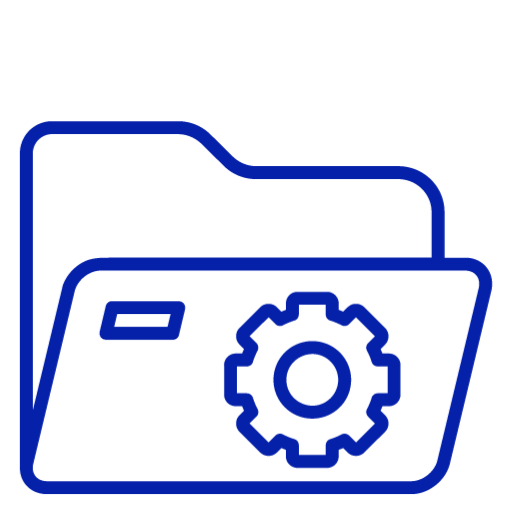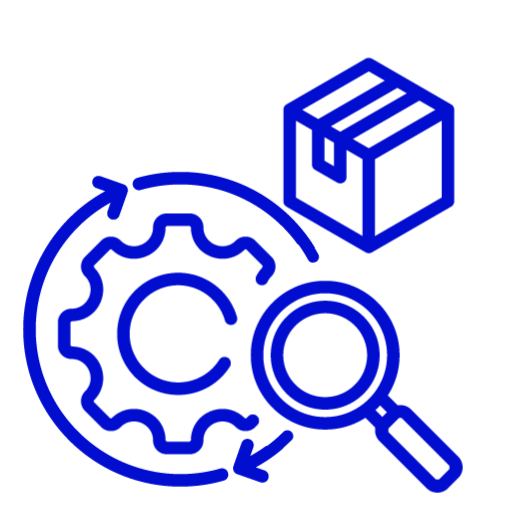STANDARDS MANAGEMENT SOFTWARE
Streamline your Quality Assurance
Processes Today
AmpleLogic: Your QC Standards Solution
AmpleLogic Standards Management Software offers comprehensive solutions for pharmaceutical QC laboratories. From primary reference standards to impurity management, our software ensures compliance, efficiency, and traceability throughout the quality control process.
Enhance Efficiency with AmpleLogic Standards Suite
AmpleLogic Standards Suite offers automated tracking, error prevention, and compliance assurance for pharmaceutical QC. With comprehensive usage logs and SOP integration, streamline your quality processes today.
Automated Quantity Management
Ensure precise tracking and inventory control.
Barcoding for Error Prevention
Minimize human errors with barcode scanning.
Regulatory Compliance Assurance
Meet FDA and EU Annex 11 standards effortlessly.
Alerts and Reminders
Stay updated with automatic notifications and reminders.
Comprehensive Usage Logs
Detailed logs for thorough tracking and auditing.
Cross-Industry Versatility
Suitable for various industries beyond pharmaceuticals.
Integrated SOP Adherence
Seamlessly align with existing standard operating procedures.
Streamlined Destruction Reporting
Simplify the process of reporting expired materials.
Tailored Solutions for Every Standard
Manage primary reference standards efficiently.
Track and validate secondary working standards accurately.
Organize and monitor standards used in laboratory analyses.
Ensure precise management and tracking of impurity standards.
Manage and trace reference solutions effectively.
Hear From Our Customers
Frequently Asked Questions
What types of standards does AmpleLogic manage?
AmpleLogic handles primary reference, working, laboratory, impurity, and reference solution standards.
Is AmpleLogic compliant with regulatory standards?
Yes, AmpleLogic complies with 21 CFR Part 11, FDA regulations, and EU Annex 11.
How does AmpleLogic ensure accuracy in quantity management?
AmpleLogic utilizes barcoding and automated quantity tracking to prevent errors.
Can AmpleLogic integrate with existing SOPs?
Yes, AmpleLogic seamlessly integrates with standard operating procedures for enhanced compliance.
What industries can benefit from AmpleLogic's software?
AmpleLogic’s software is suitable for lifesciences, food & beverages, cosmetics, medical devices and other regulated industries.
Contact us
Your Pharma Automation Starts Here
We’re here to address your inquiries and assist you in identifying the solutions that best align with your requirements. Here’s why choosing us is your strategic advantage:
Your benefits:
- Client-oriented
- Independent
- Competent
- Results-driven
- Problem-solving
- Transparent
What happens next?
1
Schedule a call at your convenience
2
Discovery and consultation session
3
Get your custom proposal



























